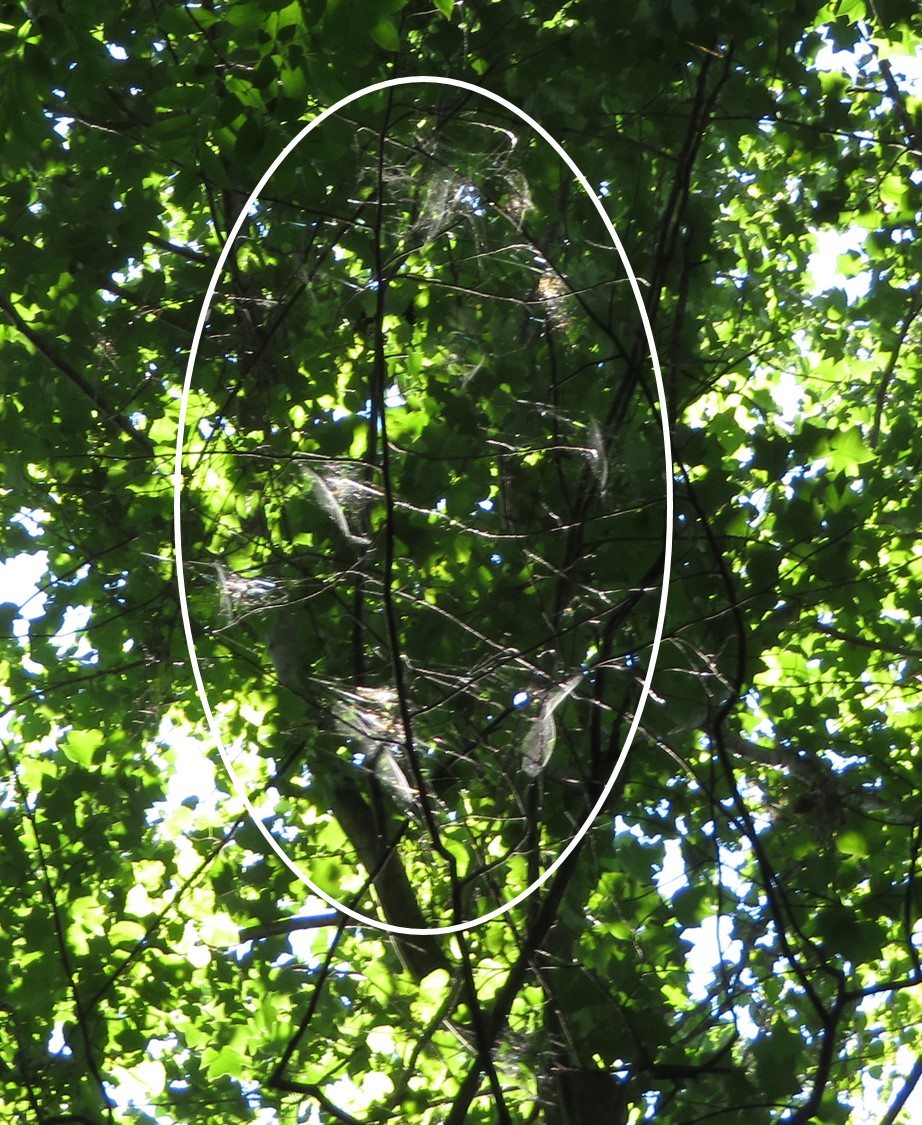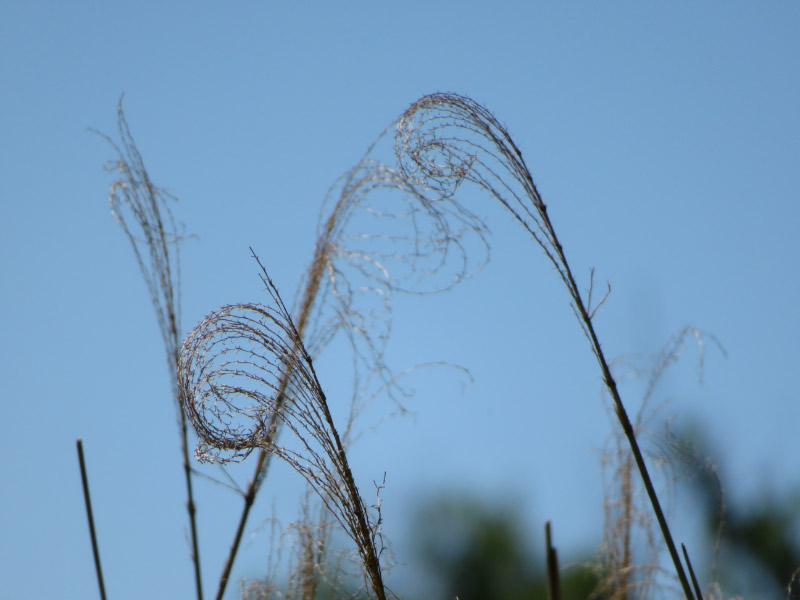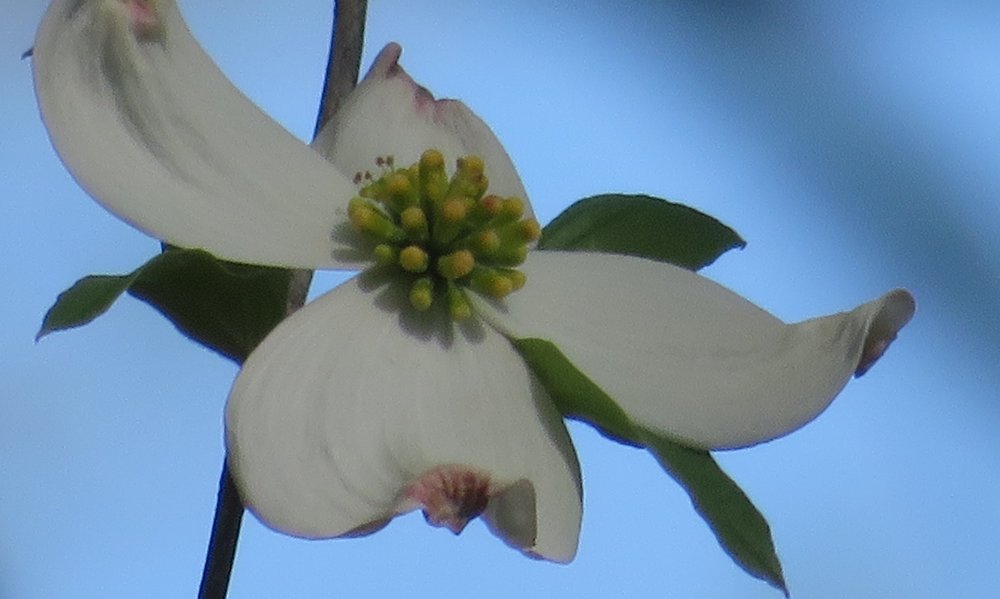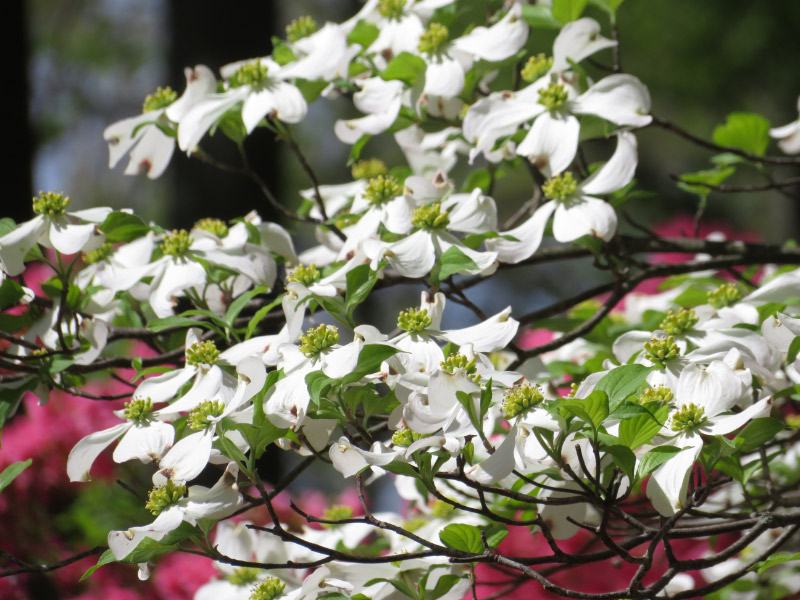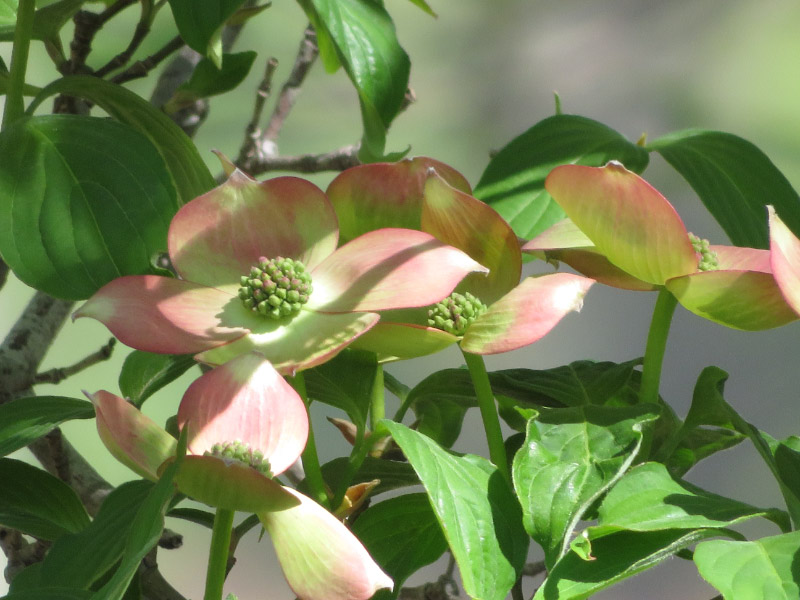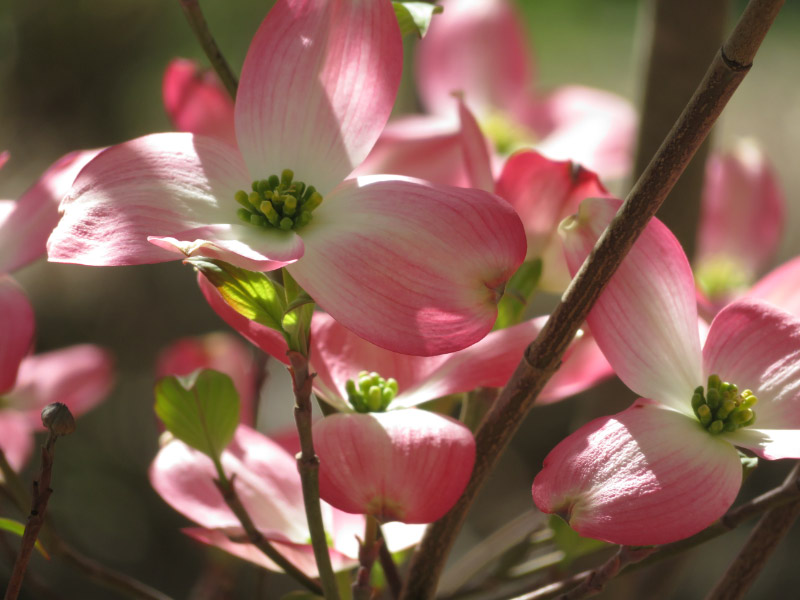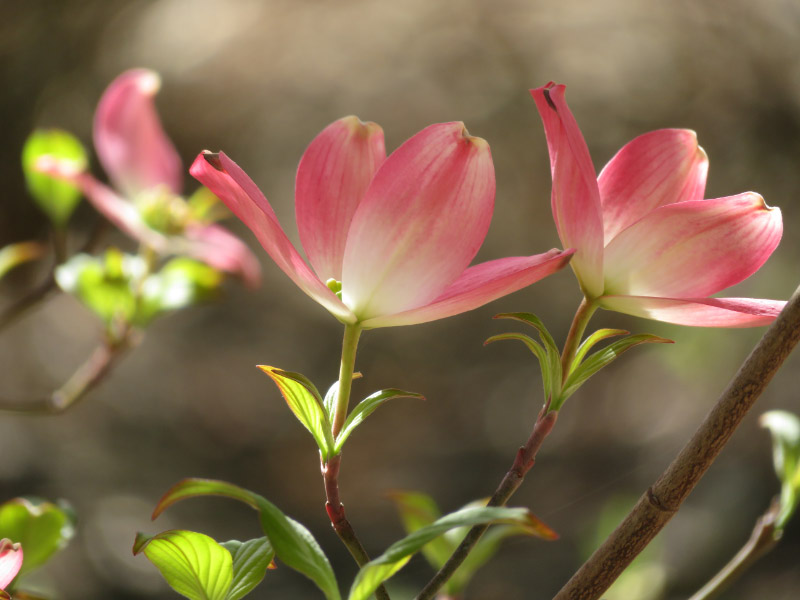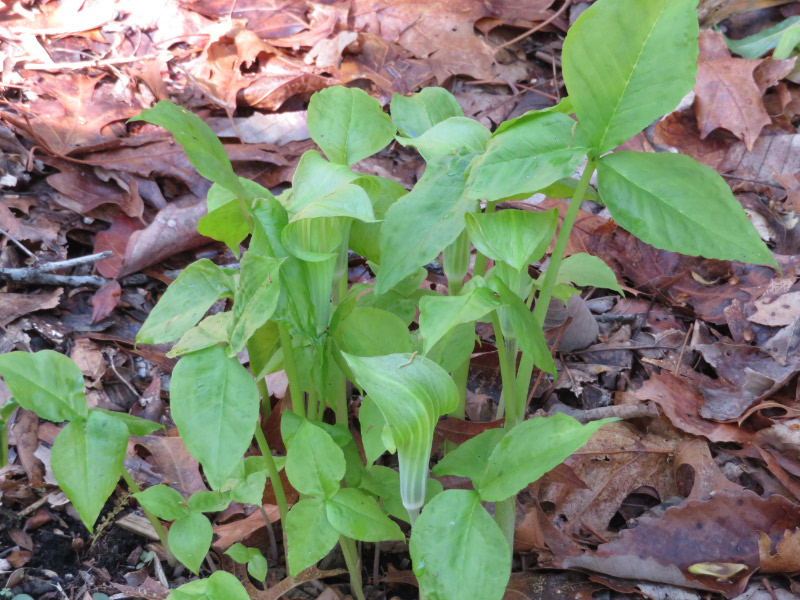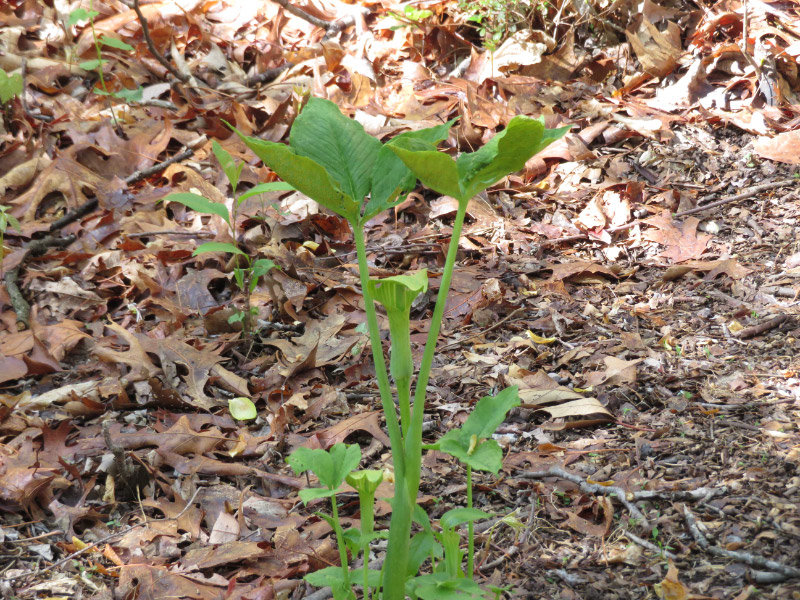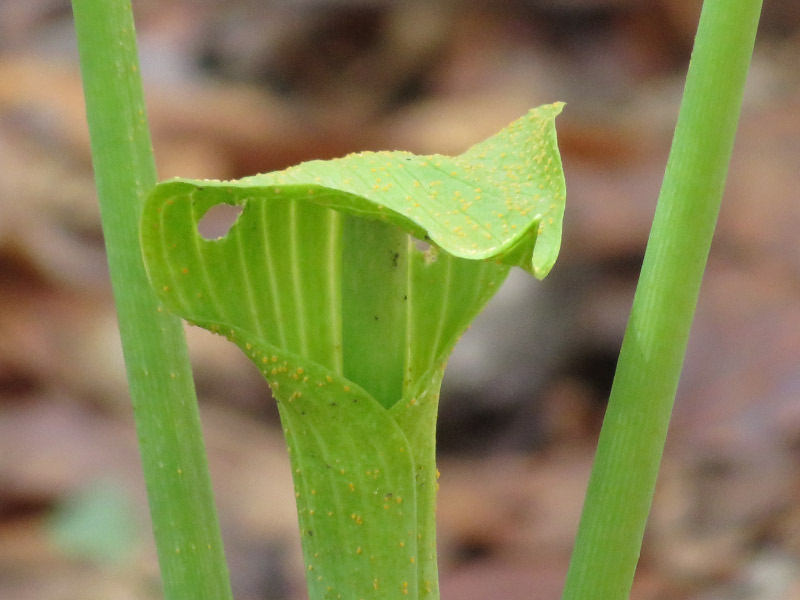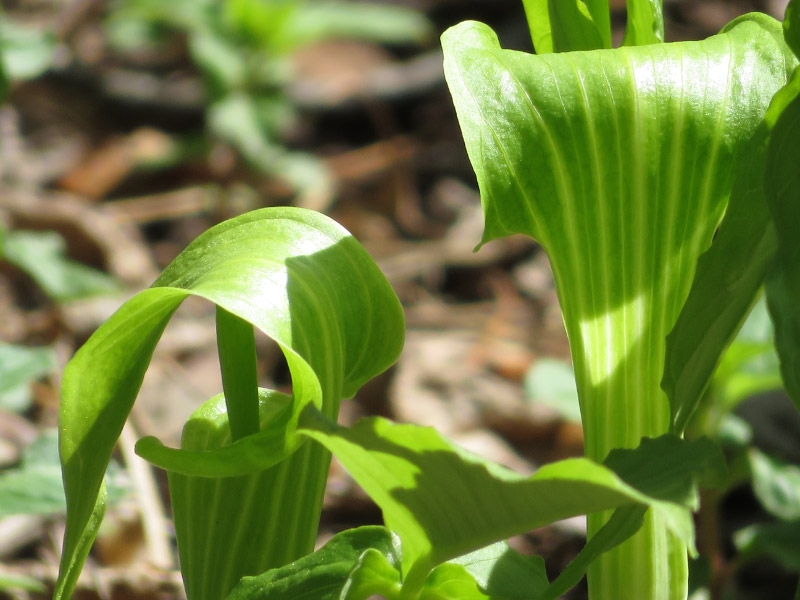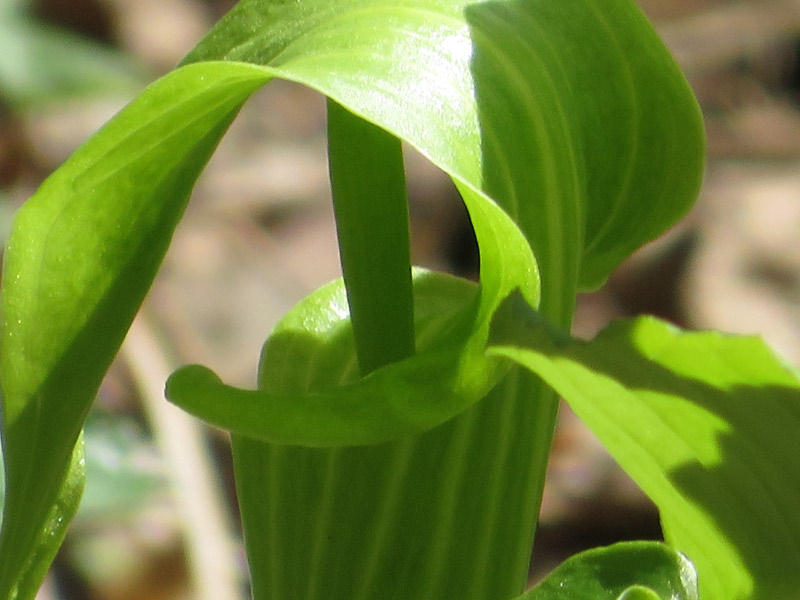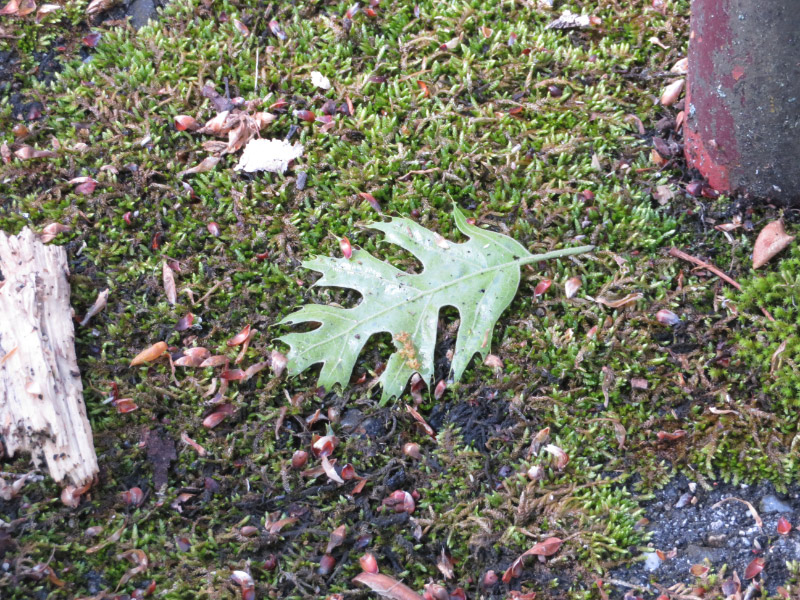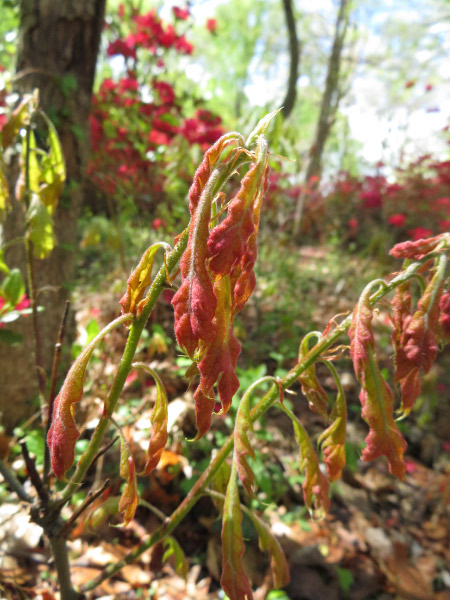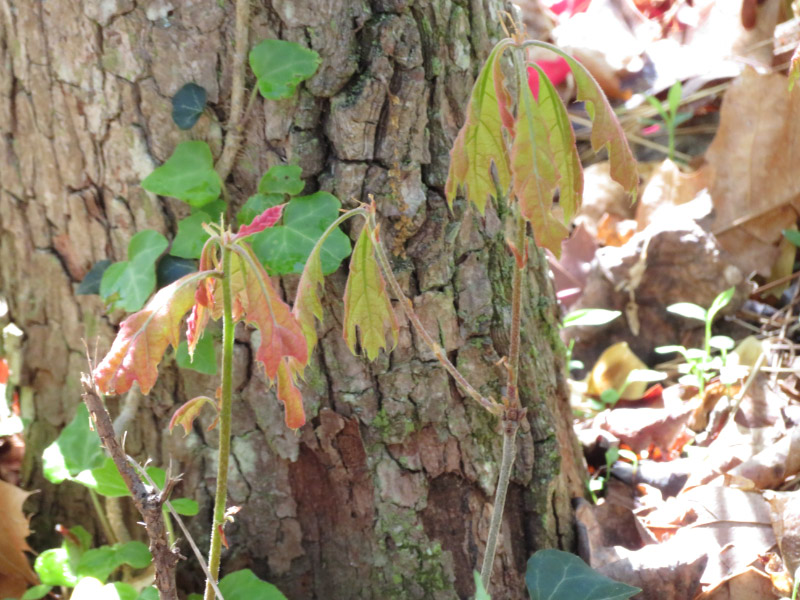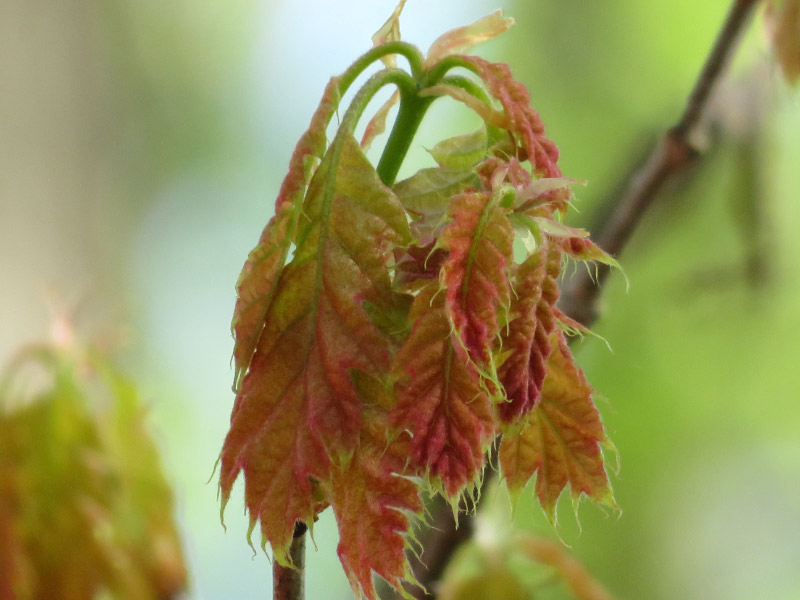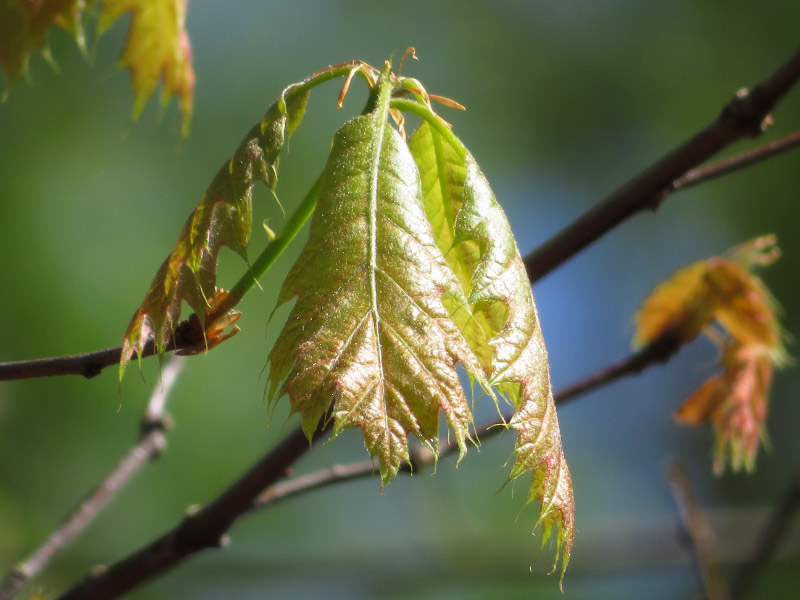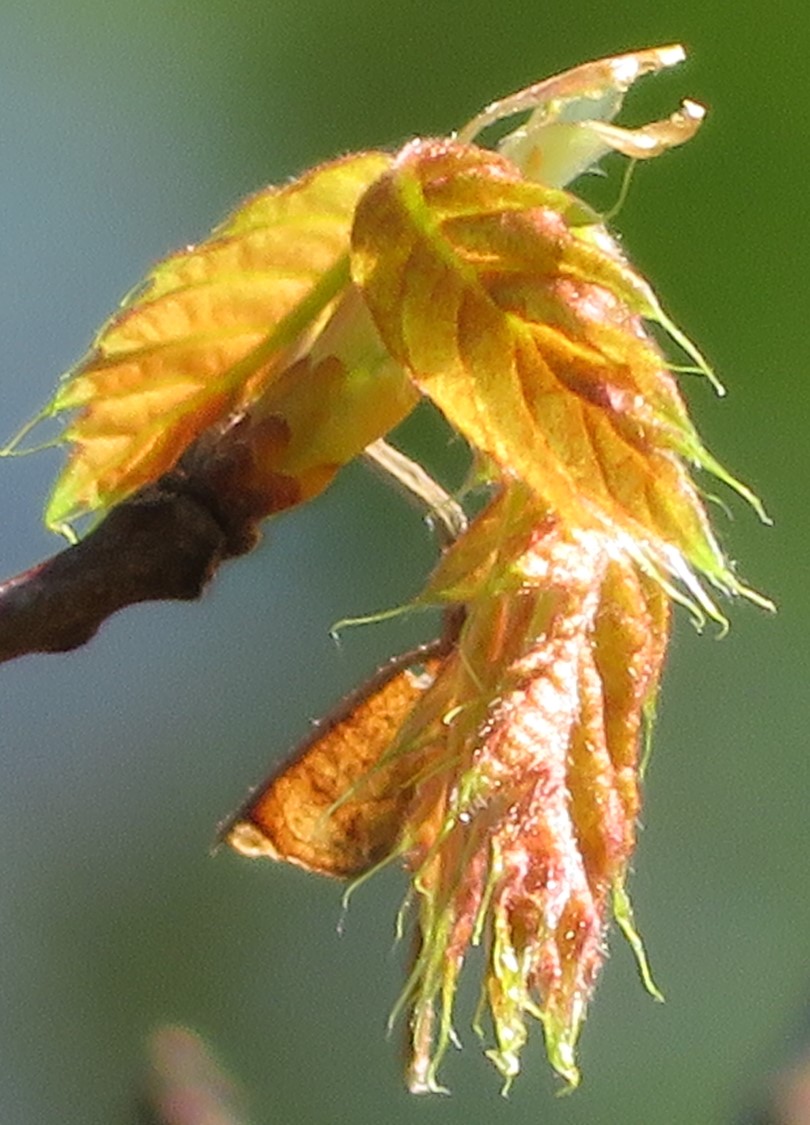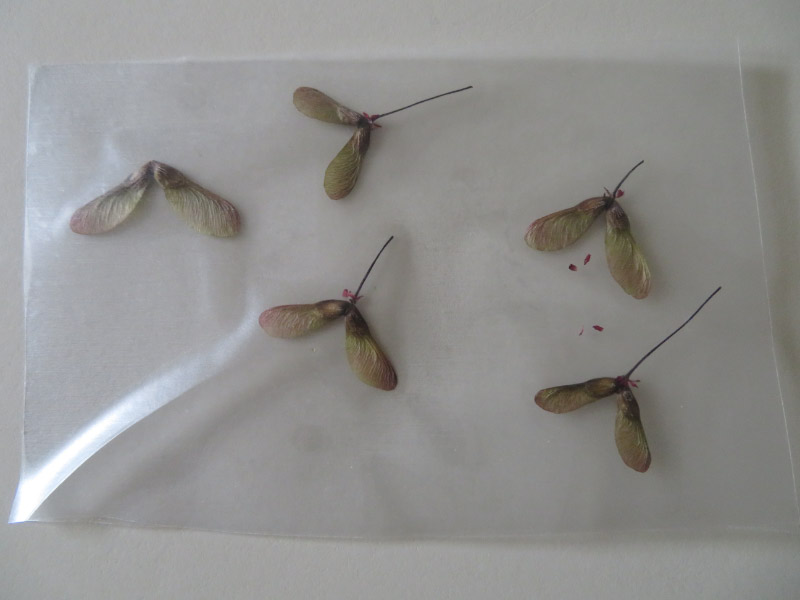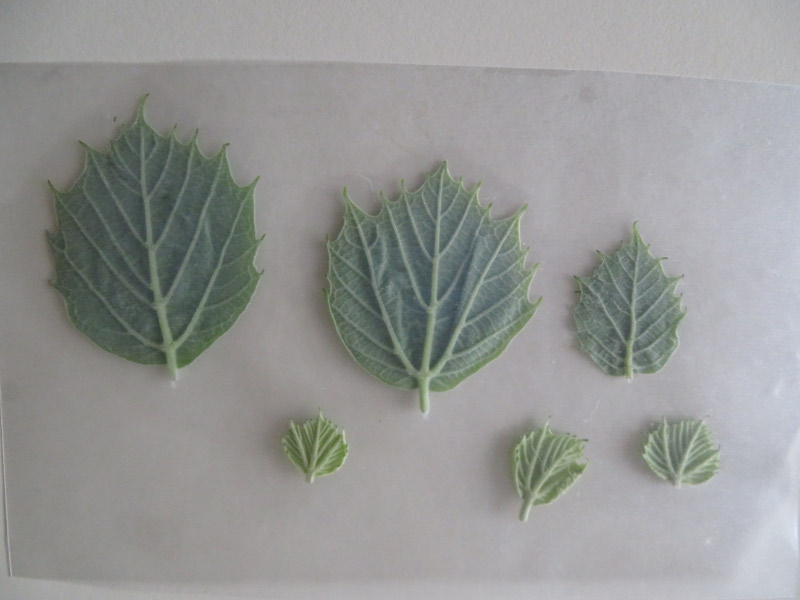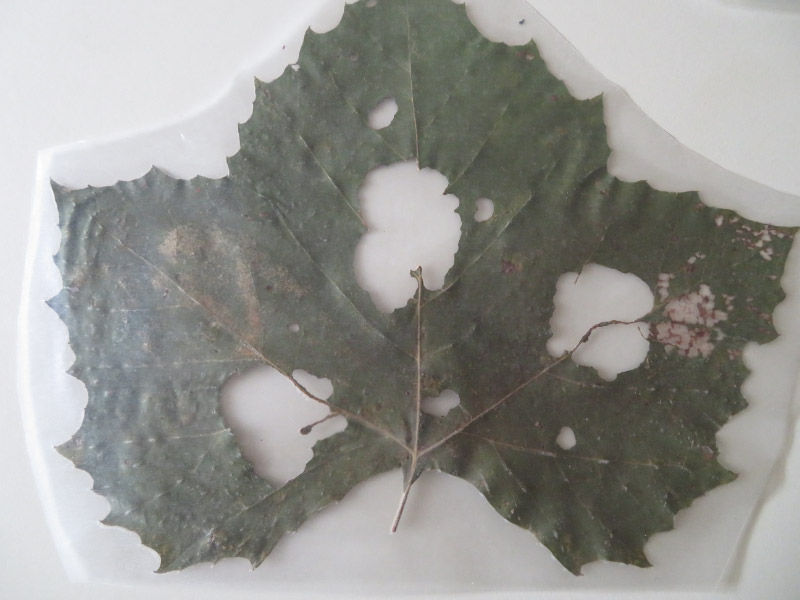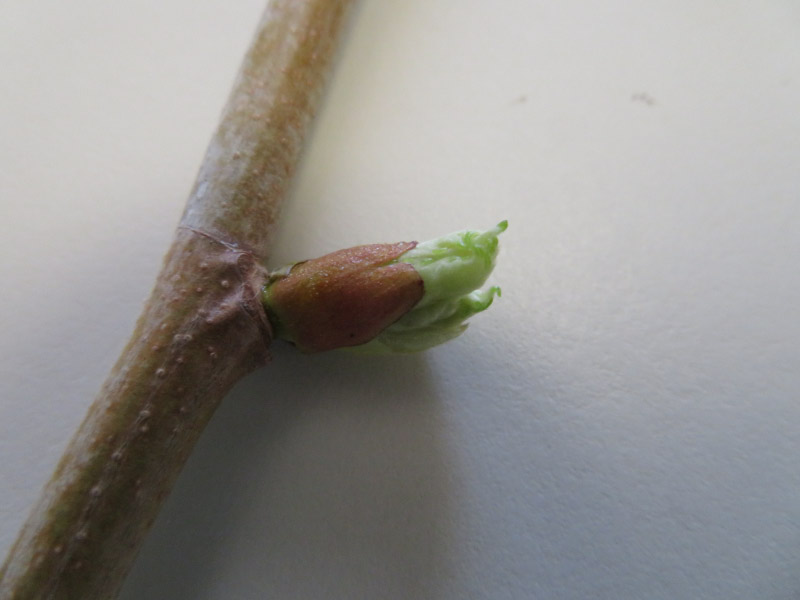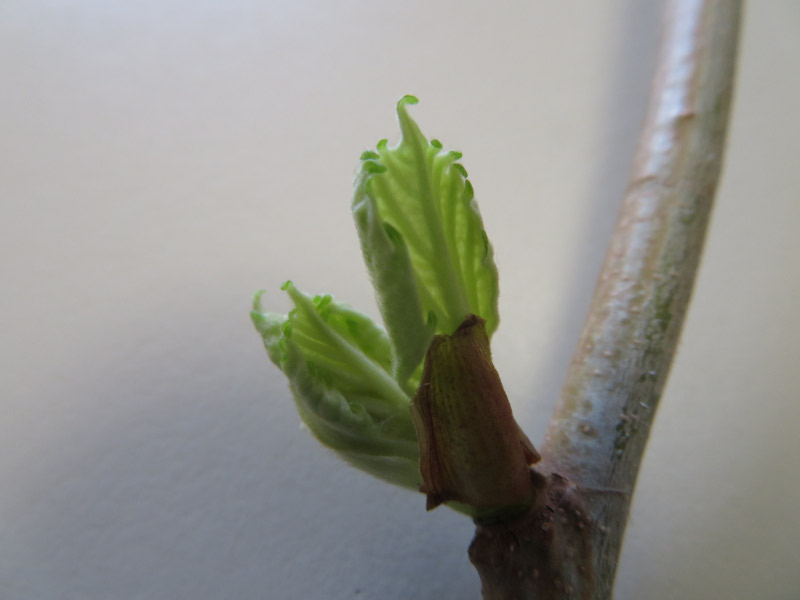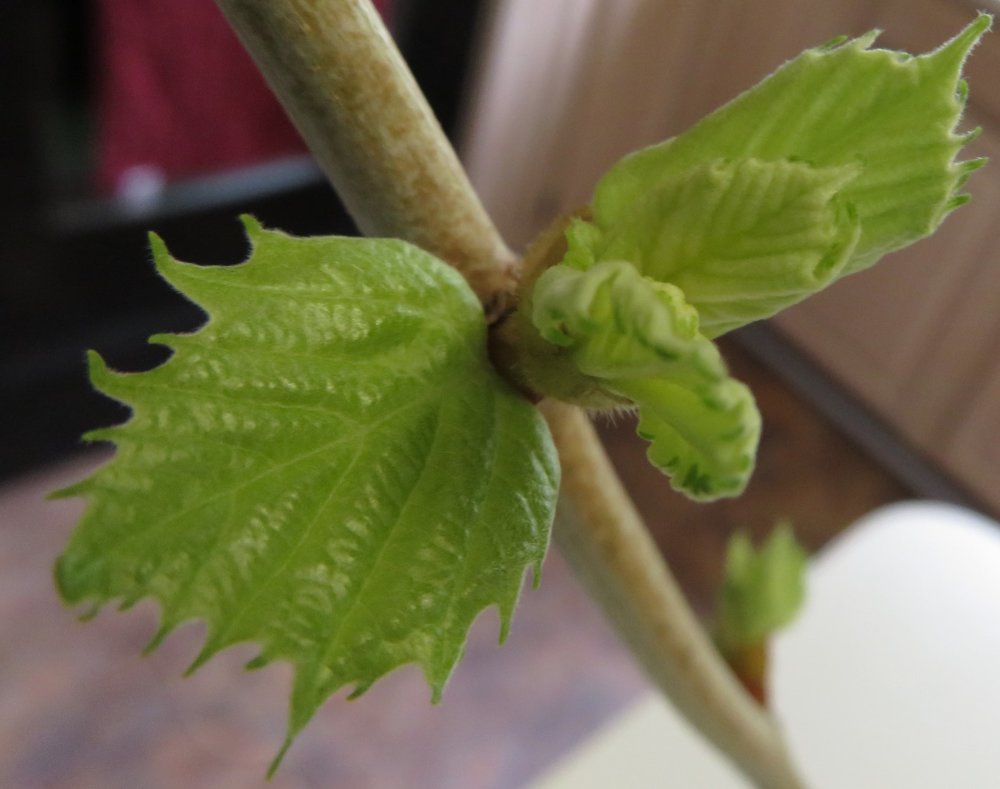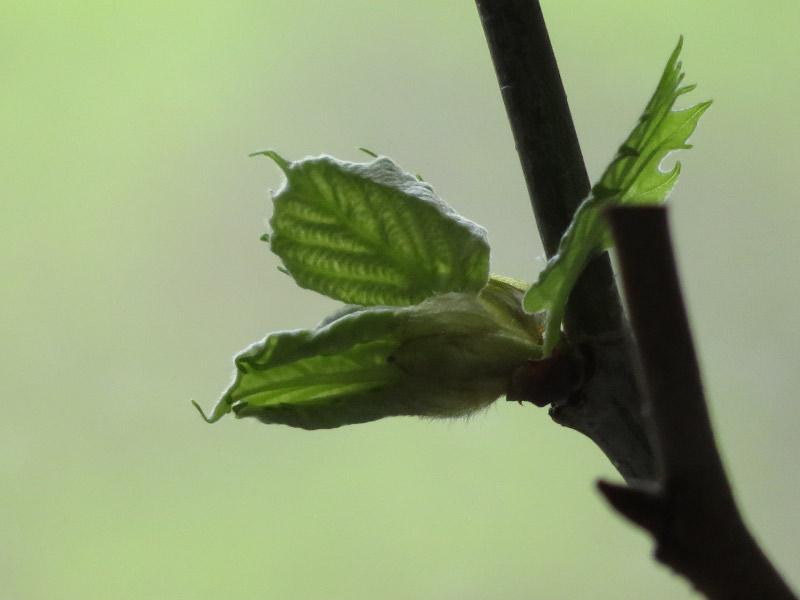Last week I volunteered (with the Howard County Conservancy) for two field trips for pre-kindergarten groups that came to Belmont Manor and Historic Park. I realized that I’ve learned a lot from these programs that I didn’t learn from my daughter when she was 4! I’ve learned to alternate sitting and moving, talking and quiet, asking questions (that they can answer with a little thinking) and explaining.
I had groups of 10-15 children with their chaperones – in the forest – to learn about the life cycle of a tree. Since they had a little hike to the activity from the previous one, I had them sit down at the beginning and we talked about trees. They had planned lima beans at their school…so I used that to talk about seeds and roots and sprouting and saplings. Their lima beans had roots and some had sprouted…so they had already been thinking about it. So I moved rapidly to passing around different kinds of tree seeds (with the help of the chaperones. I had a branch from a maple tree with small samaras, some acorns, some sweetgum balls, and some tulip poplar seeds that we picked up from the leaf piles beside the blanket.
Then we all stood up and pretended we were trees sprouting from seeds (crouching down to begin with then reaching up one branch (arm) and then both arms. I encourage them to look up. I asked them what happened to the little branches when there was a breeze (fortunately there was a breeze and they could see some of the little branches moving….it was clear that many of them had never noticed tree branches moving like that). In the end, I asked if they wanted to pretend like a hurricane wind came – a very strong wind – and that some of the might fall over. Most of the groups had a few children that did want to fall over!
We sat back down and walked about leaves and how the trees were just beginning to get new leaves. Some of them remembered playing in leaves last fall. We picked up some of the brown leaves on the forest floor and looked closely at them.
We took a short hike to look at a little more of the forest and notice there were wild flowers…violets and spring beauties. There was a big tree that had fallen and was rotting. It had a wild flower growing on it…and lots of moss.
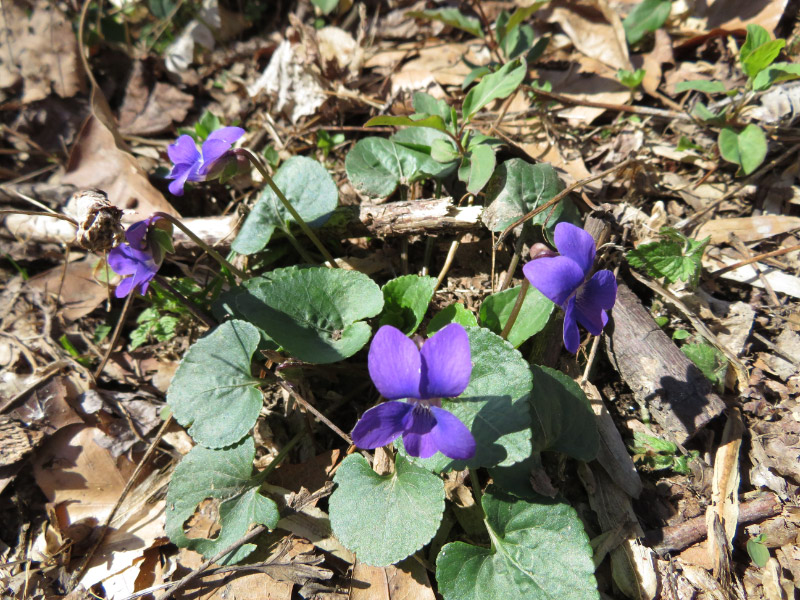
And then it was time for them to go to their next activity! It was an intense couple of hours repeating the tree life cycle with each group….and enjoying the children’s reaction to the forest.
 This is my third summer to lead a summer camp nature photography session for the Howard County Conservancy’s Summer Camp. Every year is different. This year the weather was perfect on photo shoot day. I am illustrating this post with pictures I took – the children took many more than I did and pushed the abilities of the camera’s they were using to the brink. There were two groups of campers. The younger group was the first to head out and elected to go the fastest route to the woods. Almost everyone took a picture of the path into the trees.
This is my third summer to lead a summer camp nature photography session for the Howard County Conservancy’s Summer Camp. Every year is different. This year the weather was perfect on photo shoot day. I am illustrating this post with pictures I took – the children took many more than I did and pushed the abilities of the camera’s they were using to the brink. There were two groups of campers. The younger group was the first to head out and elected to go the fastest route to the woods. Almost everyone took a picture of the path into the trees.

